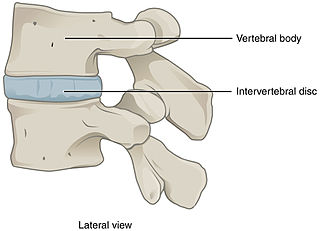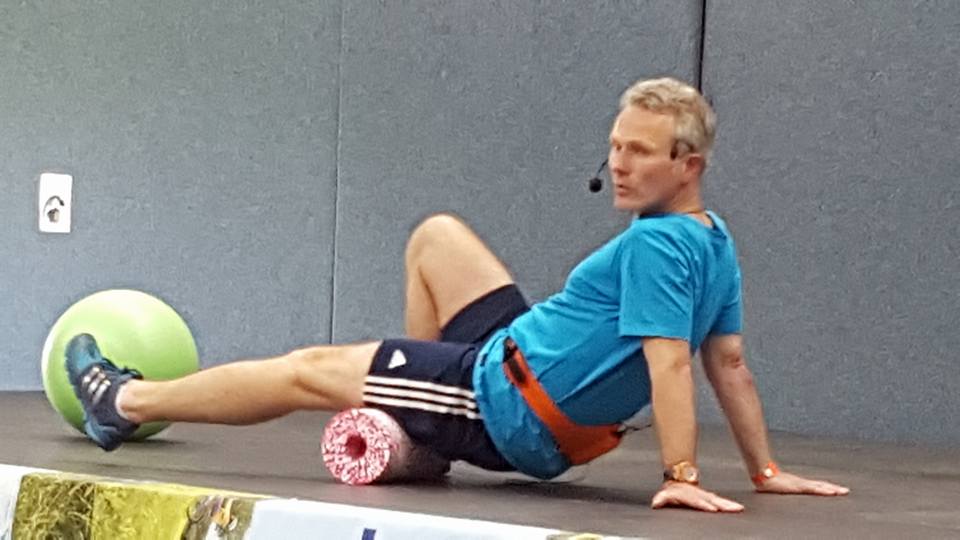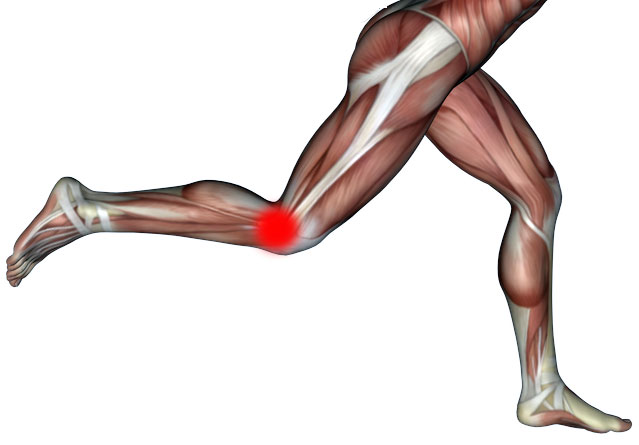The physiological responses of myofascial release
A study from University of South Alabama examined the physiological responses elicited by myofascial release. As a control the responses were compared with passive limb movement.
The study involved nineteen adults, consisting of ten men and nine women, with an average age of 23 years old plus or minus 2.6 years. Participants engaged in two separate experimental sessions: one for myofascial release and another for passive limb movement. Myofascial release involved manipulating the upper limb to release subtle resistance barriers within the muscle and fascia, whereas passive limb movement involved assisted movements within the limb’s range of motion.
The study collected ultrasound images, blood pressure, heart rate measurements, and measured muscle tissue oxygenation using near-infrared spectroscopy.
Findings revealed a significant decrease in heart rate following the myofascial release session, averaging a reduction of 7.3 beats per minute, which was more pronounced than the 1.3 beats per minute reduction observed in the passive limb movement session. Both methods showed similar changes in brachial blood flow and vascular conductance, with no significant differences between them. However, the microvascular responses differed notably; myofascial release resulted in a longer time to reach maximum muscle tissue oxygenation compared to passive limb movement.
The study concluded that myofascial release induces a higher level of parasympathetic activity than passive limb movement, as evidenced by the greater decrease in heart rate. Additionally, the prolonged time to reach maximum saturation following myofascial release may suggest a potential for prolonged hyper-saturation effects. These findings are particularly relevant for those exploring rehabilitative benefits related to myofascial release.


